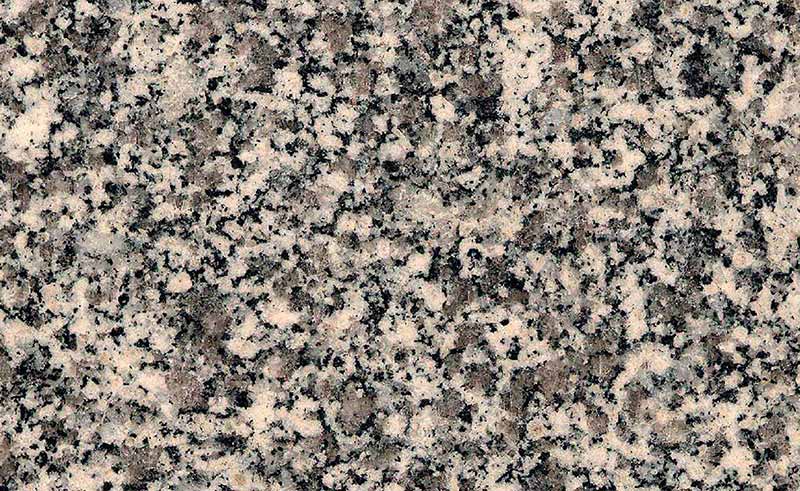In the play about geological history you watched, we took you to the birthplace of granite, deep below the Earth’s surface. Around 300 million years ago, the place we stand now was a burning hell. Glowing molten rock rose up in large bubble-shaped bodies or through narrow passages. This rock slurry then slowly cooled and solidified, and the components of the rock, the minerals, crystallized. Many people remember the three most important minerals set to a rhyme from their school days: “Feldspar, quartz and mica are three – I’ll never forget these stones I see.”
First the mica solidifies, then the feldspar, and finally the “gap filler” quartz bakes everything together. This rock slurry becomes solid, crystalline granite.
In order for this “cooled blood of the Earth” to emerge in today’s landscape, the overlying rock and soil, the overburden, had to be worn away by weathering.
The distinctive weathering patterns of the granite characterize our region. Rock towers and seas of blocks, “buttes” and so-called “woolsack” formations can be seen.
Behind these shapes lies a characteristic feature of granite: it has a clear tendency to split at right angles. This characteristic influences its processing and use. The form of the paving cube, which has been produced billions of times, is virtually pre-programmed within granite.
Let the special aesthetics of this local “gemstone” sink in. This aesthetic is best seen in greatly enlarged images of thinly polished and backlit granite. These pictures will accompany you on the way down to our mineral gallery. See you later!
